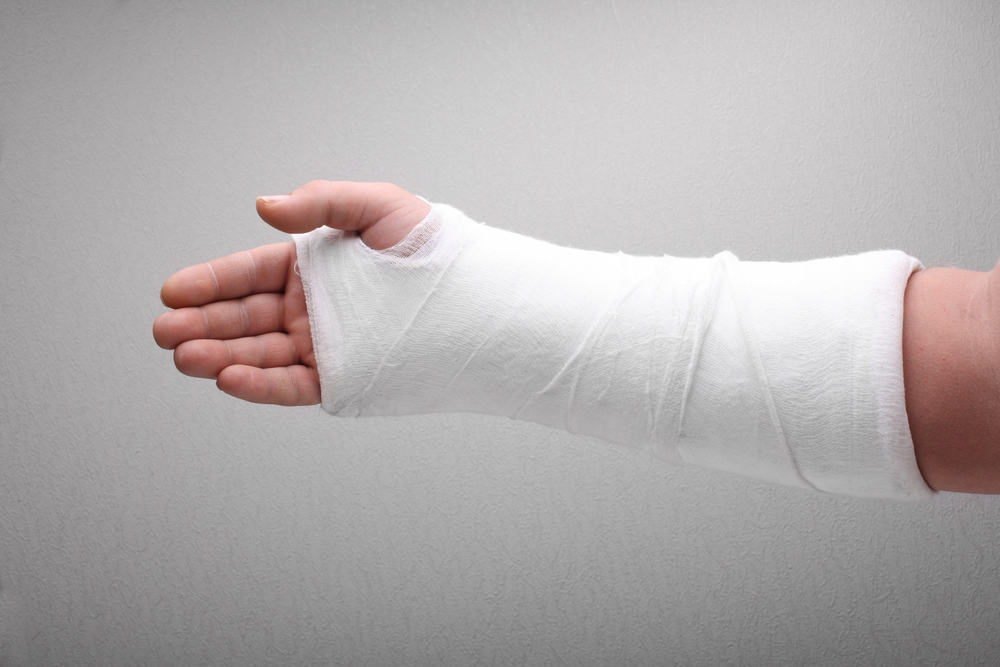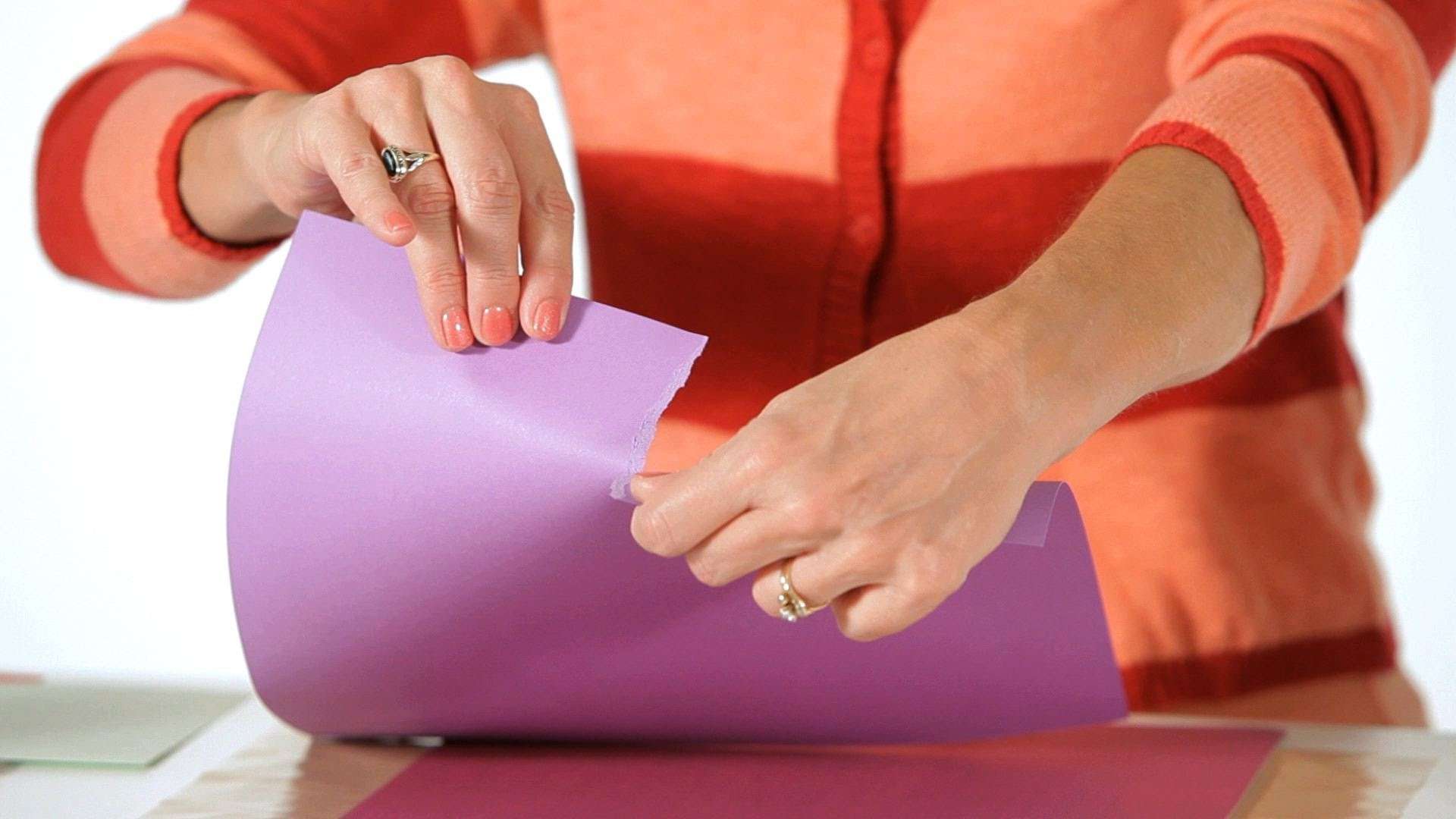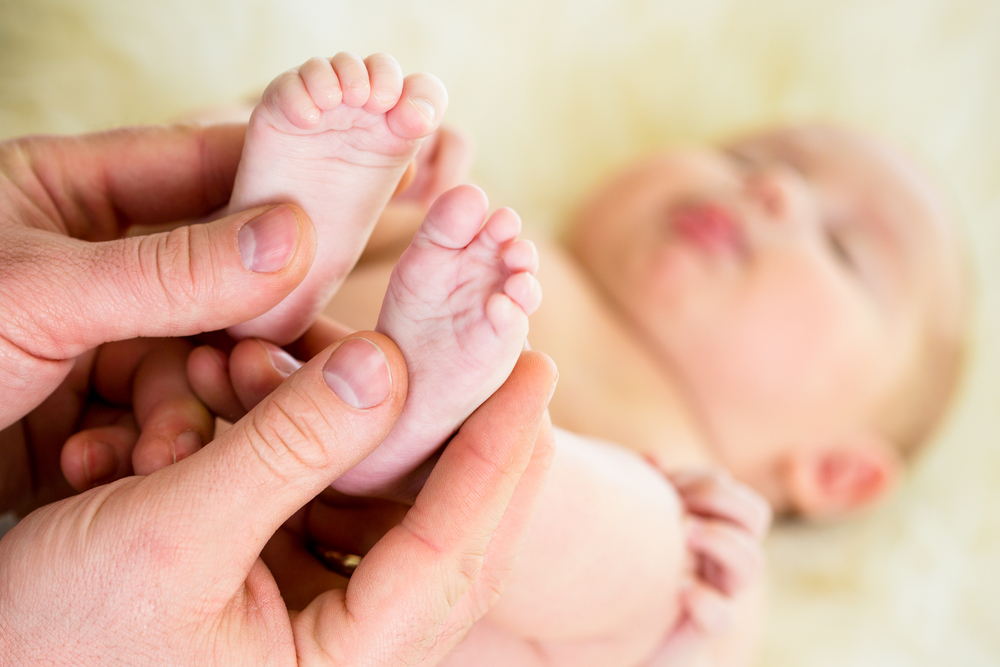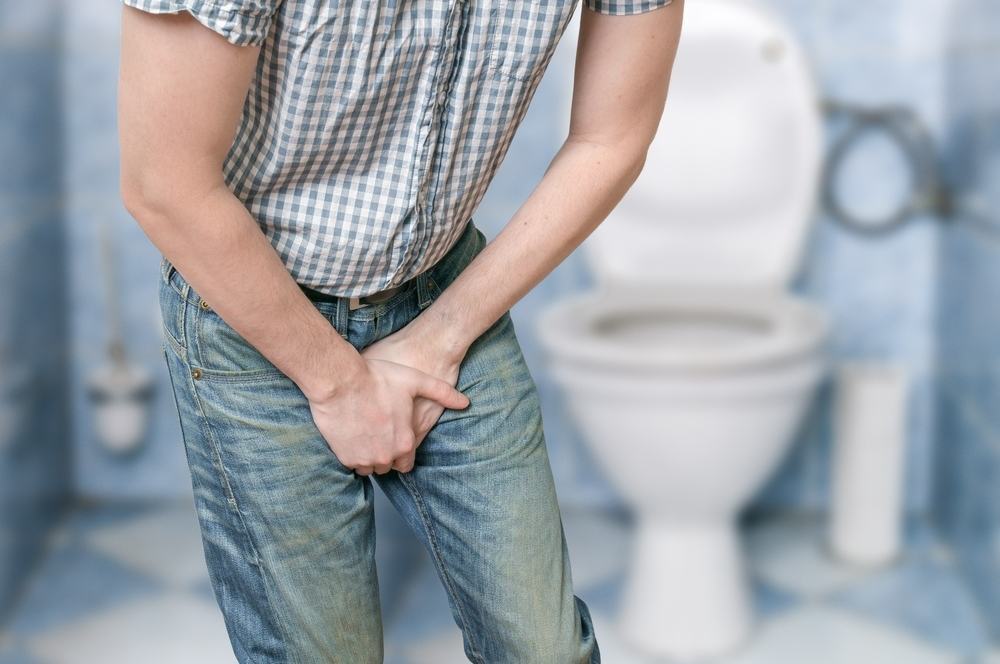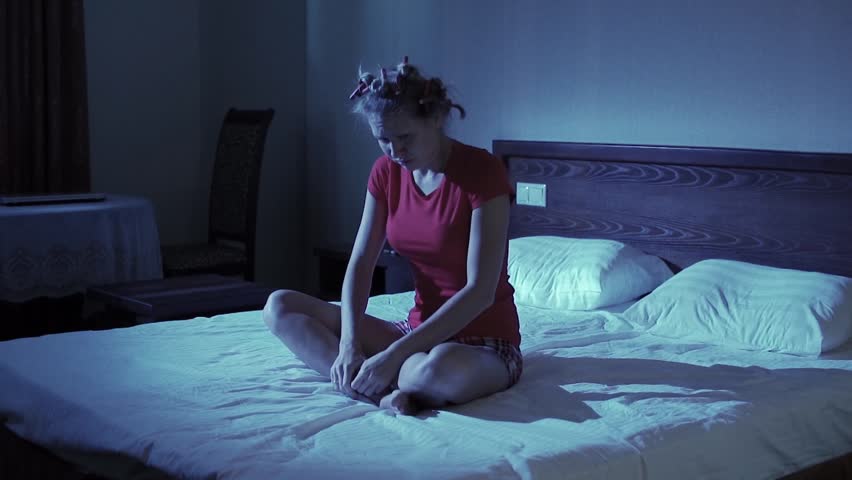Contents:
- Medical Video: First Aid for Broken Bones
- First aid for broken bones
- How do doctors treat fractures?
- Self-care tips after fractures
Medical Video: First Aid for Broken Bones
Did you know that as a child, you have a 10% risk of fracture? When you are over 50 years old, your risk increases to 25% to 50%. Broken bones are very common and can occur to anyone and at any age. Broken bones are most often caused by injuries from sports, falls, car accidents or other physical activities.
There are several health conditions that can cause bones to be more susceptible to fractures. These health conditions include osteoporosis, brittle bone disease (imperfect osteogenesis), overactive parathyroid glands and certain types of cancer.
You can find out if you have a broken bone if you feel sick, numb, or there is swelling in the part of the wound. Usually the pain will worsen when moved, and the injured part is bluish. In more serious cases, the bones can protrude through the skin and cause heavy bleeding.
First aid for broken bones
It is important for you to know what to do when you or your loved one has a broken leg at home. When there is an accident that requires medical attention, call the nearest emergency unit. While you are waiting for medical help, here are a few simple steps you can practice:
Step 1.
Don't move unless needed. To prevent further injury, stabilize the injured area while remaining silent. Do not move the victim if his back or neck is injured. To handle the wound area, you can make a splint by folding a piece of cardboard or magazine and gently placing it under the limbs. Then tie it carefully using pieces of cloth.
Step 2
If bleeding occurs, stop by wrapping the wound area in a tight bandage or sterile cloth. Apply pressure to the wound.
Step 3
If the injured person shows signs of shock, cover him with a blanket while the feet are raised about 30 cm. Signs of shock include dizziness, weakness, pale skin and sweating, shortness of breath, and increased heart rate.
Step 4
To help reduce swelling, you can apply ice packs or cold compresses to that section. However, do not place ice directly on the skin. First wrap it in a towel or cloth.
Step 5
Wait for medical help or run to the hospital.
How do doctors treat fractures?
Before treatment, the doctor will confirm a fracture by carrying out the following tests:
- Physical examination
- X-ray
- CT scan
- MRI scan.
Your doctor will make sure the bones are lined up properly before placing the cast on it. Sometimes surgery is needed to place a metal rod or plate to join together pieces of bone. Depending on your age and health condition, your bones may take 6 to 8 weeks to heal.
Self-care tips after fractures
After surgery, the doctor or nurse will check for signs of infection or pale skin. You may be given a pain reliever to reduce pain and swelling.
Until the cast is removed, it's better to take a break and avoid lifting weights or driving. Stay away from heat and avoid casts from getting wet.
If you have to wear a crutch, you must learn how to use your crutch correctly. If you feel itchy from the cast, do not insert anything between the cast and your limbs. Instead, blow cold air into the cast to relieve itching.
If you don't know how to treat a fracture, you can call the local emergency number and ask for instructions. Remember to stay calm and not stressed. It's a good idea to keep the injured person aware and distract them from the pain by continuing to talk to them.

